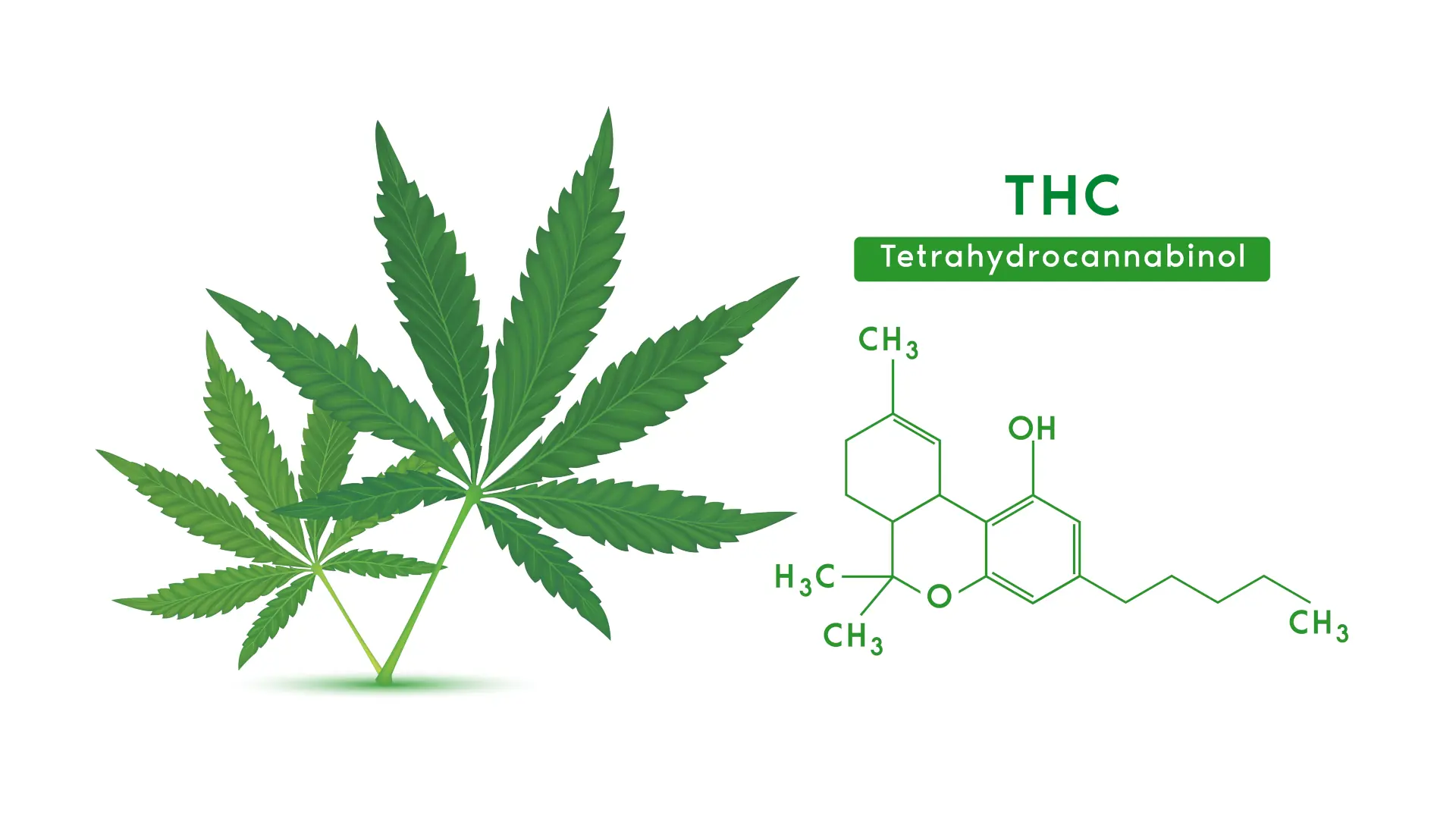THC (Tetrahydrocannabinol): A Key Component of Cannabis

THC (Tetrahydrocannabinol) is the main psychoactive substance in cannabis. It is the one that induces the "high" state during cannabis use and has been extensively characterized for its actions on the brain and body. Due to its popularity as one of the most recognized cannabinoids THC exerts a strong influence over the total effects of cannabis, especially in consumption for recreational purposes.
What is THC?
THC is a chemical entity mediating interaction with the body's endocannabinoid system. It binds to cannabinoid receptors in the brain, with a preferential affinity for CB1 receptors, modulating functions ranging from mood to memory to appetite to coordination. This interaction produces the high and altered state of consciousness that cannabis users often report being in.
Although THC is well known for its psychogenic effects, THC also has therapeutic uses. These include pain relief, anti-nausea properties, appetite stimulation, and muscle relaxation, making it a valuable compound in medical cannabis treatments for conditions like chronic pain, nausea from chemotherapy, and certain neurological disorders.
How THC Affects the Body
When consumed, THC can produce a range of effects, which may vary depending on the strain, dosage, and individual tolerance. Common effects of THC include:
- Euphoria: A sense of happiness or "high" feeling.
- Increased Appetite: Sometimes known as the "munchies", THC can trigger hunger, and is, therefore, helpful for patients suffering from anhedonia and low appetite.
- Relaxation: THC can produce a sedative effect, relieving stress and anxiety in some people.
- Altered Perception: Users may experience changes in sensory perception, including time distortion and enhanced colors or sounds.
In higher doses, THC can also cause anxiety, paranoia, or dizziness, especially for users who are not accustomed to its effects.
THC in Different Cannabis Strains
The concentration of THC varies between cannabis strains. Cannabis sativa strains are characterized by higher THC content and result in a more stimulating effect, while strains of Cannabis indica are characterized by moderate to high THC content and lead to a more sedative and relaxing effect.
The strength of THC in a cannabis item is frequently presented on packaging so that consumers can therefore choose from a range of levels that suit their tolerance (and hence, their individual needs).
THC and Medical Use
The psychoactive compound THC is present in medicinal cannabis products for use in the treatment of many disorders. Specifically, it is very useful in chronic pain management, eliciting appetite in cancer or HIV/AIDS patients, and nausea and vomiting caused by chemotherapies. THC-containing preparations (oils, tinctures, edibles) are widely indicated in patients suffering from the above symptoms.
Conclusion
THC (Tetrahydrocannabinol) is the psychoactive component of cannabis and leads to its typical effects. Although recreational use is common, THC has significant medical uses for pain control, appetite stimulation, and nausea. With the increasing investigation of cannabis, the scope of THC's positive and negative effects become recognized and serves as an important consideration in medical as well as recreational use of cannabis.
